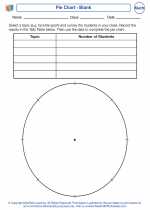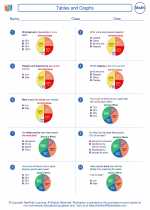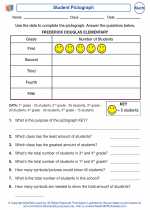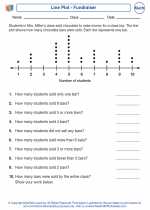Reflection Symmetry
Reflection symmetry, also known as line symmetry or mirror symmetry, is a type of symmetry where one half of an image is the mirror image of the other half. When an object or shape has reflection symmetry, it means that it can be divided into two halves that are mirror images of each other.
Characteristics of Reflection Symmetry
Here are some key characteristics of reflection symmetry:
- Objects with reflection symmetry have a line of symmetry, also known as a mirror line, that divides the object into two equal halves.
- The line of symmetry is the imaginary line where the reflection or mirror image occurs.
- When an object is folded along its line of symmetry, the two halves perfectly overlap each other.
- Reflection symmetry is often observed in geometric shapes, letters of the alphabet, and other designs.
Examples of Reflection Symmetry
Some common examples of objects with reflection symmetry include:
- The uppercase letter "A", which has a vertical line of symmetry.
- A heart shape, which has a vertical line of symmetry.
- A rectangle, which has both horizontal and vertical lines of symmetry.
- A butterfly, which has a vertical line of symmetry.
Study Guide for Reflection Symmetry
To identify and understand reflection symmetry, follow these steps:
- Look for a line of symmetry: Examine the object or shape to find a line where one half is the mirror image of the other half.
- Determine if the halves are identical: Check if the two halves of the object or shape are exactly the same when reflected across the line of symmetry.
- Practice drawing lines of symmetry: Draw different shapes and practice identifying their lines of symmetry.
- Explore real-world examples: Look for examples of reflection symmetry in everyday objects, such as logos, patterns, and nature.
Understanding reflection symmetry can help in recognizing patterns, creating art, and solving geometric problems.
[Reflection Symmetry] Related Worksheets and Study Guides:
.◂Math Worksheets and Study Guides Fourth Grade. Tables and Graphs
Study Guide Tables and Graphs
Tables and Graphs  Activity Lesson
Activity Lesson Pie Chart - Blank
Pie Chart - Blank  Activity Lesson
Activity Lesson Classroom Chaos
Classroom Chaos  Activity Lesson
Activity Lesson Mary`s Many Movements
Mary`s Many Movements  Worksheet/Answer key
Worksheet/Answer key Tables and Graphs
Tables and Graphs  Worksheet/Answer key
Worksheet/Answer key Tables and Graphs
Tables and Graphs  Worksheet/Answer key
Worksheet/Answer key Tables and Graphs
Tables and Graphs  Worksheet/Answer key
Worksheet/Answer key Tables and Graphs
Tables and Graphs  Worksheet/Answer key
Worksheet/Answer key Tables and Graphs
Tables and Graphs  Worksheet/Answer key
Worksheet/Answer key Tables and Graphs
Tables and Graphs  Worksheet/Answer key
Worksheet/Answer key Student Pictograph
Student Pictograph  Worksheet/Answer key
Worksheet/Answer key Line Plot - Fundraiser
Line Plot - Fundraiser  Worksheet/Answer key
Worksheet/Answer key Pie Chart - After-School Activities
Pie Chart - After-School Activities 

 Activity Lesson
Activity Lesson
 Activity Lesson
Activity Lesson
 Activity Lesson
Activity Lesson
 Worksheet/Answer key
Worksheet/Answer key
 Worksheet/Answer key
Worksheet/Answer key
 Worksheet/Answer key
Worksheet/Answer key
 Worksheet/Answer key
Worksheet/Answer key
 Worksheet/Answer key
Worksheet/Answer key
 Worksheet/Answer key
Worksheet/Answer key
 Worksheet/Answer key
Worksheet/Answer key
 Worksheet/Answer key
Worksheet/Answer key
 Worksheet/Answer key
Worksheet/Answer key

The resources above cover the following skills:
DATA ANALYSIS
Interpret data displayed in a circle graph.